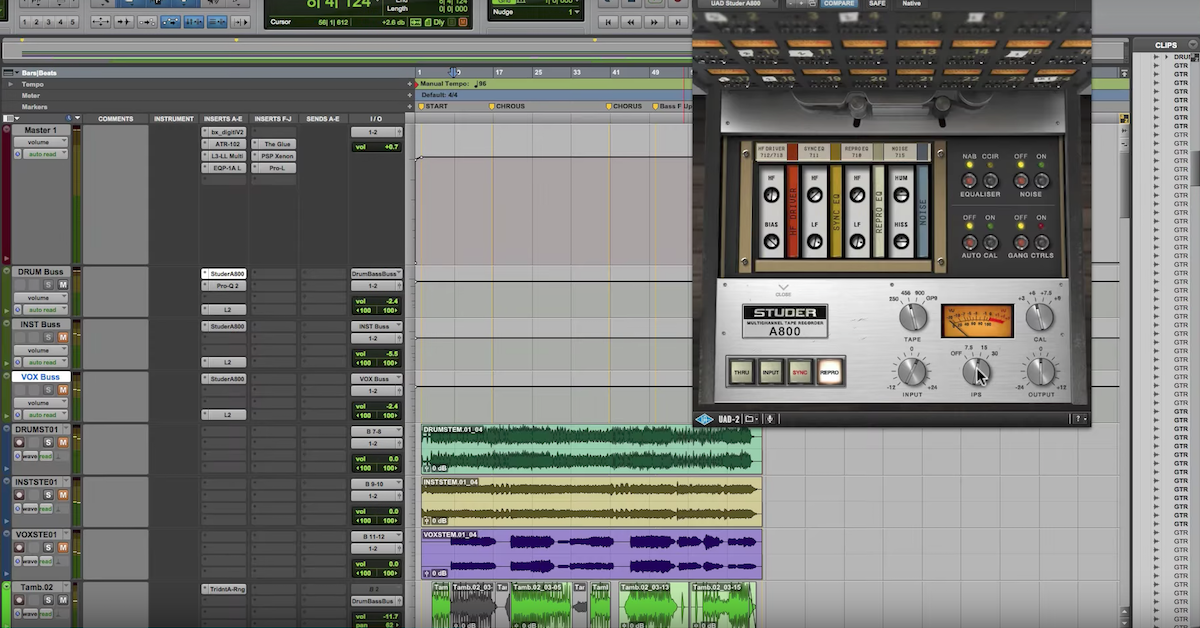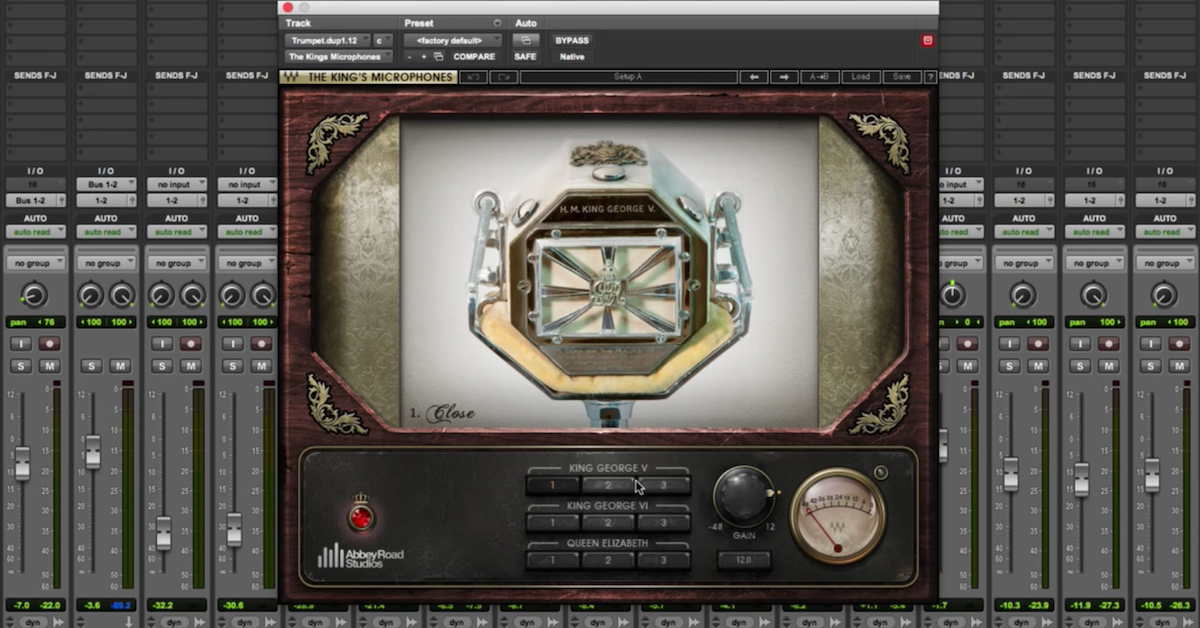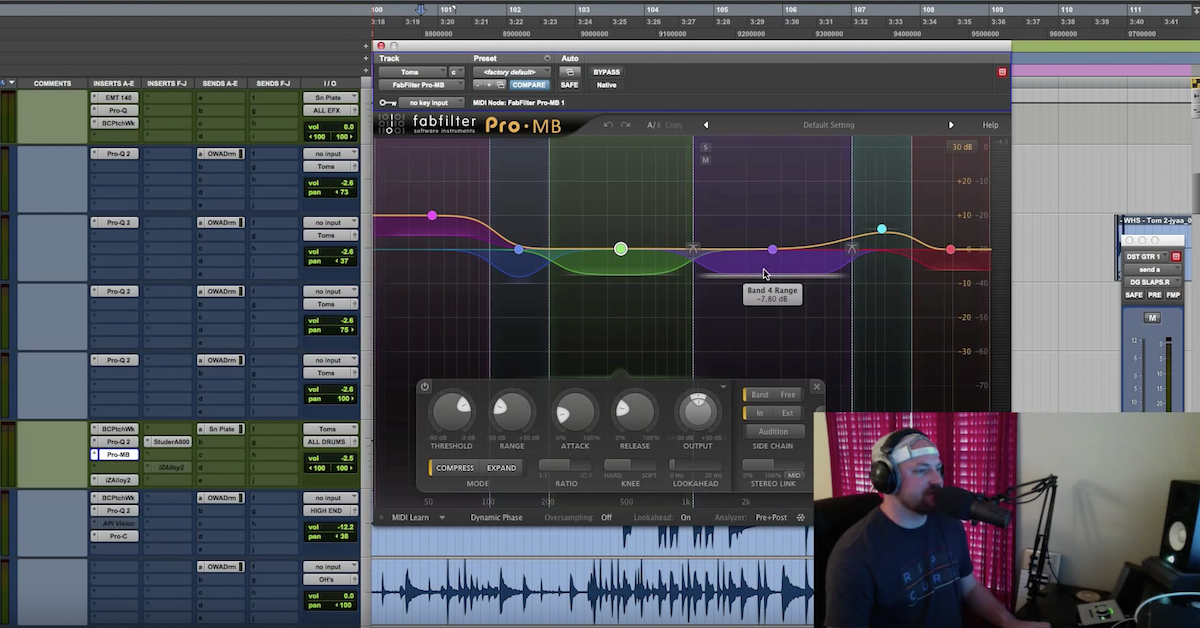How to Emulate the Vibe of Older Recordings
Article Content
I was a big fan of the sampling era. It was interesting to hear what artists would do with found sounds. I miss those tones in Hip-Hop.
When the Suits Come Marching In
Legal wars pretty much shut down a form of art. Unfortunately, there was no middle ground as for usage, ownership and payment.
I Roll Like That
What happens when you want some of those aged sounds but you clearly can’t afford to license a sample? You have to make your own.
This proves to be a difficult task depending on what era you’re trying to mimic. It’s not just simply a part that is desirable in a sample. It’s the air around it. It’s the sound of the gear in the era it was recorded.
It takes a fair amount of knowledge to even know what was used in each generation of recording.
If your thing is creating old-school samples and/or composing for period films, it’s a good idea to do a lot of research.
Recreating a 60’s era psychedelic recording on modern hi-fi gear isn’t exactly going to put you in that state of mind. You have to think about how the instruments were tuned. Where the microphones were placed. The kind of gear they used and the way they used that gear.
The Scholar
I recently wrote an article about taking the vintage studio challenge. If your thing is creating vintage style loops and beats, it’s a good idea to spend some time with each decade. Perhaps do the challenge with each decade.
There is a lot of talk online about what microphones and preamps were used on a session.
But one important topic that is often left out is tape degeneration. It wasn’t uncommon in the 60’s to bounce tracks. Until the late 60’s there were only eight tracks. If you needed more (and they often did) you combined tracks.
When you wanted to add more instruments, you had to sum or bounce tracks together. Each time you did this it lowered the resolution or quality of the sound.
Some may not realize it, but some of those highly regarded guitar tones from the mid to late 60’s were at least a second generation bounce, if not more.
Backwards Progress
So how do we get some of that tape loss effect? Roll off EQ? Buy a tape machine?
I don’t have (and can’t afford) a real tape machine. I use the UAD Studer A800. When you pull up the A800 it does add tape flavor.
I simply prefer to add more instances of the Studer A800 plugin and then bounce it. If I’m really going for some old moldy sounding stuff I use the tape machine at 7.5 IPS.
Using EQ to create this degenerated tape sound would surely be more complicated. It’s not just about the EQ, it’s about the noise floor and the gain staging of the machine.
It’s actually pretty wild how adding a few instances puts you back in ’64-’69.
Listening Party
Let’s listen to a guitar track from the song Boomerang by Jenna Torres.
I played a Martin HD28 miked with a Gefell UM92 into a Pendulum MDP preamp through Burl converters.
Example 1: No tape plugin. this is how it was recorded.
Example 2: One instance of the UAD A800 at 7.5ips
Example 3: Two instances of the UAD A800
Example 4: Three instances of the UAD A800
Example 5: Four instances of the UAD A800
Each time you can hear the quality diminishing. Imagine doing this on multiple sources: A cool drum loop. A string section. Bass guitar.
Nostalgia
It places you into a time period. A small flavor of this inside of a modern mix could really stand out. You can fool some into thinking it’s an old sample.
To The Limit
On another session, I recorded some tracks for a sampling project. The sound I needed to recreate was clearly a poor recording from the 60’s. Meaning low fidelity. Likely to have been bounced several times with some tape flutter.
I knew I was going to have to do more work than simply adding more instances of the A800 to make this sound old and wobbly.
On top of using three instances of the A800 at 7.5ips, I used a Roland Chorus Ensemble with the chorus intensity turned down low. I used a chorus to mimic the sound of a lot of tape wobble.
I also used a Fairchild Compressor set fairly low and an EQ to low-cut the signal. This is something that would have been done at the console in that time period anyway.
The guitar was a 1960 Harmony Stratotone into a Headstrong Lil King Reverb (1964 Princeton circuit). I used a Fat Head ribbon and SM57 on the cab. It’s noisy and vibey. Not your modern approach to recording guitar.
Things That Make You Go Hmmmm
I hope this sparked some thought into creating period-specific tones.
Remember, the process of the era also contributed to the sounds. To get closer to any vintage vibe, it helps to work the way they did.






